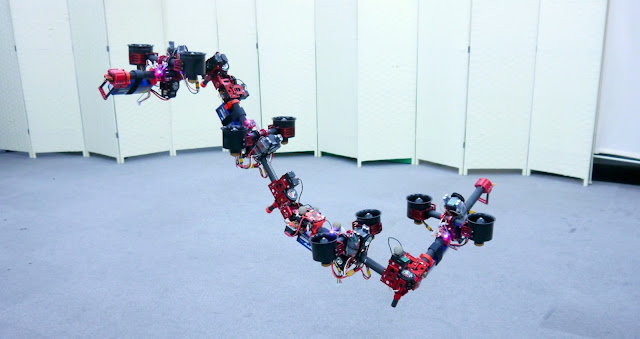Combating EV Domination: The Potential of Piston-Less Engines Explained
Introduction
In
recent times, electric vehicles (EVs) have dominated the captions and the
automotive industry. As the world's concern for climate change and
environmental sustainability grows, electric cars have surfaced as a promising
solution to reduce greenhouse gas outflows and combat air pollution. However,
amidst the EV hype, there is a fascinating development that has the prospect of
challenging the EV domination– piston-less engines. In this blog post, we'll
probe the concept of piston-less engines and their possibility to transform the
automotive industry.
The Rise of Electric Vehicles
Electric
vehicles enjoy immense popularity due to their zero-outflow nature and
advancements in battery technology. They offer a cleaner, quieter, and more
sustainable option to traditional internal combustion engine (ICE) vehicles.
Major automakers are investing heavily in EVs, and governments around the world
are incentivizing their acceptance through subventions and structure
development.
The Challenges of Electric Vehicles
While
EVs are making significant strides, they still face several challenges that
need to be addressed
1.
Limited Range: EVs have limited driving ranges compared to gasoline or diesel-powered
vehicles, which makes long-distance trips more challenging.
2.
Charging structure: The wide vacuity of the charging structure remains a
concern, especially in lower-developed regions.
3.
Battery product: The environmental impact of lithium-ion battery products and
disposal needs to be considered.
4.
Cost: EVs are frequently more costly than their ICE counterparts, though prices
are gradually reducing.
Piston-Less Engines: A Potential Game-Changer
Enter
the piston-less machine, an innovative technology that has been gaining
traction in recent times. Piston-less machines sometimes appertained to as
rotary machines, use a different approach to induce power compared to
traditional piston machines. The most notorious illustration of the piston-less
engine is the Wankel engine, which has been used in Mazda sports cars and
motorcycles.
How Piston-Less Engines Work
Piston-less
machines, like the Wankel machine, feature a rotor that moves in an indirect
stir within a casing. This rotor is what creates the combustion and power
generation, barring the need for traditional pistons. Then is how it works
1.
Air and Fuel Intake: Air and energy are drawn into the combustion chamber as
the rotor rotates.
2.
Compression: As the rotor continues to move, the air-energy admixture is
compressed.
3.
Combustion: Once compressed, the spark draw ignites the admixture, generating
power through the rotor's stir.
4.
Exhaust: Eventually, the exhaust feasts are expelled from the chamber.
Advantages of Piston-Less Engines
Piston-less
engines offer several advantages that could make them a feasible volition to
traditional ICE and electric powertrains
1.
Compact Design: Rotary machines are generally lower and lighter than piston
engines, making them suitable for a wide range of operations, including buses,
motorcycles, and drones.
2.
Smooth Operation: Piston-less engines operate with smaller climate and noise,
giving a smoother and quieter driving experience.
3.
High Power-to-Weight Ratio: Rotary machines can achieve high power labor for their
size, potentially delivering a compelling option for sports buses and
performance vehicles.
4.
Fewer Moving Parts: With a smaller moving corridor, rotary machines may bear
lower conservation and have a longer lifetime compared to traditional machines.
Challenges and Concerns
However,
it's important to note that piston-less engines also face challenges and
concerns, including
1.
Fuel Efficiency: Rotary machines have historically been lower energy-effective
than piston machines, which may limit their appeal in a world decreasingly
concentrated on sustainability.
2.
Emigrations: Emigration norms are getting stricter worldwide, and piston-less
machines must meet these conditions to be feasible.
3.
Limited Relinquishment: The automotive assiduity has heavily invested in EVs,
and a shift towards piston-less machines would bear substantial changes in
manufacturing and structure.
Conclusion
Pistonless machines, particularly rotary machines like the Wankel, offer a unique approach to power generation in the automotive world. While they've distinct advantages, such as compact size and smooth operation, they also face challenges in terms of energy effectiveness and emigration. Whether piston-less machines can truly combat the domination of electric vehicles remains to be seen, but they represent an interesting volition that could shape the future of transportation. As technology continues to evolve, the automotive assiduity will probably witness a different range of powertrains coinciding, offering consumers more choices than ever.



Comments
Post a Comment